How and when to use chopsticks
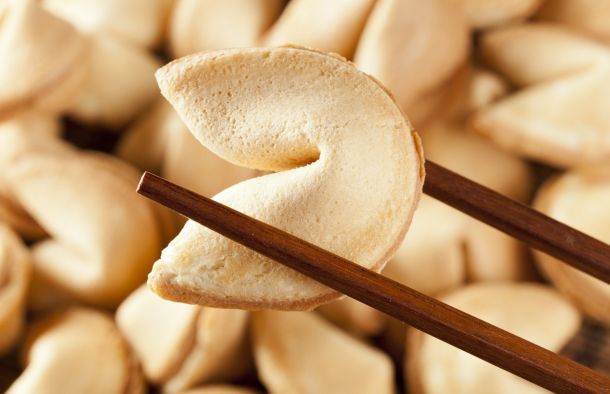
CHOPSTICKS ETIQUETTE 101
Chopsticks can be tricky little devils to nail down and handle correctly. They're most commonly used in East Asian cultures and have existed for thousands of years, starting with the Chinese. Originally, these ancient eating tools weren't even used for eating but more as cooking and serving utensils. Now, they are primarily used for serving and eating. But not all chopstick technique is created equal. And just like there is a proper way to eat with forks, knives and spoons in various cultures, there are many right and wrong ways to use chopsticks. In order to keep it classy and authentic, here is our handy guide to proper chopstick etiquette.
HOW TO HOLD CHOPSTICKS
The proper way to hold chopsticks is as follows:
1) Position your right hand, like you would when you're about to give a handshake (for practicality, you can use your dominant hand, although it's more polite to use your right one).
2) Place the top chopstick under your thumb and let it rest against your palm. It should be touching your hand near but not completely at the thicker end. This is the chopstick that will remain immobile while you use it.
3) Place the second chopstick between the tips of your thumb and forefinger, lining it up with the bottom one.
4) Bend your ring and pinky fingers, and rest the lower chopstick on top of your ring finger.
5) Place your middle finger underneath the upper chopstick, in order to move it around in a controlled manner and grab your food.
CHINESE VS. JAPANESE CHOPSTICKS
You might not have noticed unless you're a native Chinese or Japanese, but there is a subtle difference in the shape of chopsticks from both countries. Chinese chopsticks tend to be longer with wide sides that suddenly get thinner toward the eating end but maintain a solid circular or square shape. At home, they're typically made of bamboo, while restaurants tend to use ones made of melamine plastic, as this material is resistant to heat with a sturdy composition. Japanese chopsticks, on the other hand, are shorter in length and usually round and thicker at the top before tapering to a point at the ends. They're either bamboo or wood with a lacquer finish.
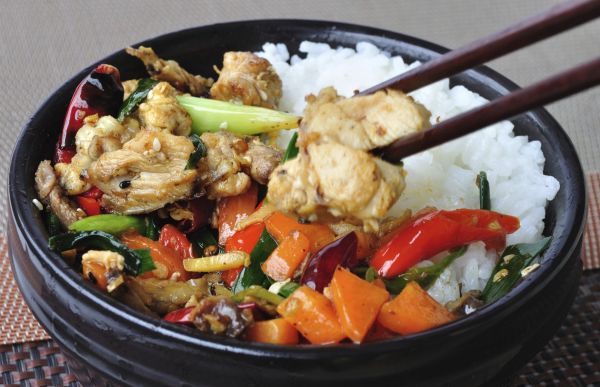
CHINESE CHOPSTICK DO's & DON'Ts
DO'S:
- DO hold your rice bowl up close to your mouth so your hand doesn't have very far to travel (otherwise you risk losing some food particles on the way).
- DO set your chopsticks on the side of your bowl or on the chopstick rest (if there is one), when you need to take a quick pause from eating.
- DO let your eldest dinner companions pick up their chopsticks and serve themselves first (as a sign of respect).
- DO feed close family members or help serve them pieces of food, if they are struggling (your kids or elders, for example).
- DO place your chopsticks on top of your bowl to signal that you're done eating.
DON'TS:
- DON'T play with your chopsticks. This is pretty much a given in any culture, when it comes to eating utensils...
- DON'T tap your chopsticks on the side of your bowl. It's reminiscent of how poor people used to behave.
- DON'T stab, spear or cut your food with the chopsticks. Use a spoon to pick up certain foods, if necessary.
- DON'T stick your chopsticks upright in a bowl of rice. It symbolizes a practice of burning incense to feed the dead.
- DON'T use your own chopsticks to serve yourself food. Use separate pairs specifically meant for serving.
- DON'T dig through your food to get to your favorite ingredients. It's compared to "digging one's grave."
- DON'T leave your chopsticks pointing directly at someone sitting around the table.
- DON'T lick your chopsticks.
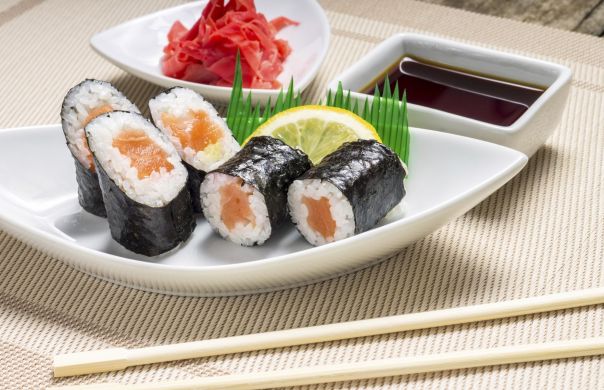
JAPANESE CHOPSTICKS DO'S and DON'Ts
DO'S:
- DO pass people food from the serving bowl to their plates, if they're far away.
- DO leave the pointy ends of the chopsticks on the chopstick rest, when you're not using them. Otherwise, if you don't have one, you can make your own with the paper wrapping they came in.
- DO turn the chopsticks around to use the non-eating side, to serve food when there are no separate chopsticks for serving.
- DO use chopsticks in the left-right direction, meaning the tips should always be to the left.
- DO place disposable chopsticks back into their wrappers at the end of a formal meal.
- DO feel free to use your hands instead of chopsticks when eating sushi, as this is how it was traditionally eaten in Japan.
DON'TS:
- DON'T pass food from your chopsticks to someone else's pair. It references the practice of passing bones with chopsticks as a Japanese funeral tradition.
- DON'T cross your chopsticks on the table. This is a symbol for death. Same goes for sticking your chopsticks upright in your rice bowl, which is done at funerals.
- DON'T rub wooden chopsticks together when invited to dinner or out to eat. It shows that you think the utensils are cheap.
CHOPSTICK HACKS
- WEIGHT LOSS: Etiquette aside, chopsticks are pretty helpful when it comes to putting the brakes on how fast you eat. You'll take smaller bites rather than heaping forkfuls/spoonfuls, and it will take more time to pick up your food, which is better than wolfing it down with your hands. By slowing down during mealtime, your body will have more time to register fullness. You'll be more likely to enjoy each individual bite rather than just shovel everything in without a second thought. This can be a really effective method to prevent overeating.
- CHERRY PITTERS: Use an empty beer bottle and a chopstick to pit your cherries. Genius!
- STIRRERS: Use chopsticks to stir your coffee, if you have no smaller wooden stirrers left.
- MESSY BUN HAIR: You know this age-old trick. Use crisscrossed chopsticks to keep a messy bun in place.
- CLEANING: Use chopsticks to scrape dirt off of shoes or other items that have crevices filled with packed particles.
- TONGS: Use chopsticks as tongs, when trying to flip smaller pieces of meat, poultry or fish on the grill or in stir fries.
- DEEP-FRYING: Use chopsticks to drop food into your frying pan and pull them out. Also, use them to check the temperature. If the oil bubbles when you insert a chopstick, that means it's ready.
- SALAD MIXER: Use chopsticks to toss salads and get all the ingredients evenly coated in the dressing.
- SCRAMBLED EGGS: Use chopsticks to stir scrambled eggs, to avoid scratching your pans.
- DONENESS: Use chopsticks to check for doneness in roasted vegetables, potatoes and baked goods.
- SKEWERS: Use chopsticks as skewers, if you don't have any left.
Whether you want to practice good etiquette or use chopsticks as handy kitchen tools, the choice is yours. Just try to avoid the previously mentioned "symbolic" errors so you don't offend anyone!
More steaming articles
 10 foods for a brighter smile
10 foods for a brighter smile
 8 hacks to save water when you're...
8 hacks to save water when you're...
 The 10 best fruits for your figure
The 10 best fruits for your figure
Chef Tips and Tricks
Do you put the pasta in without waiting for the water to boil? Add oil? Forget the salt?
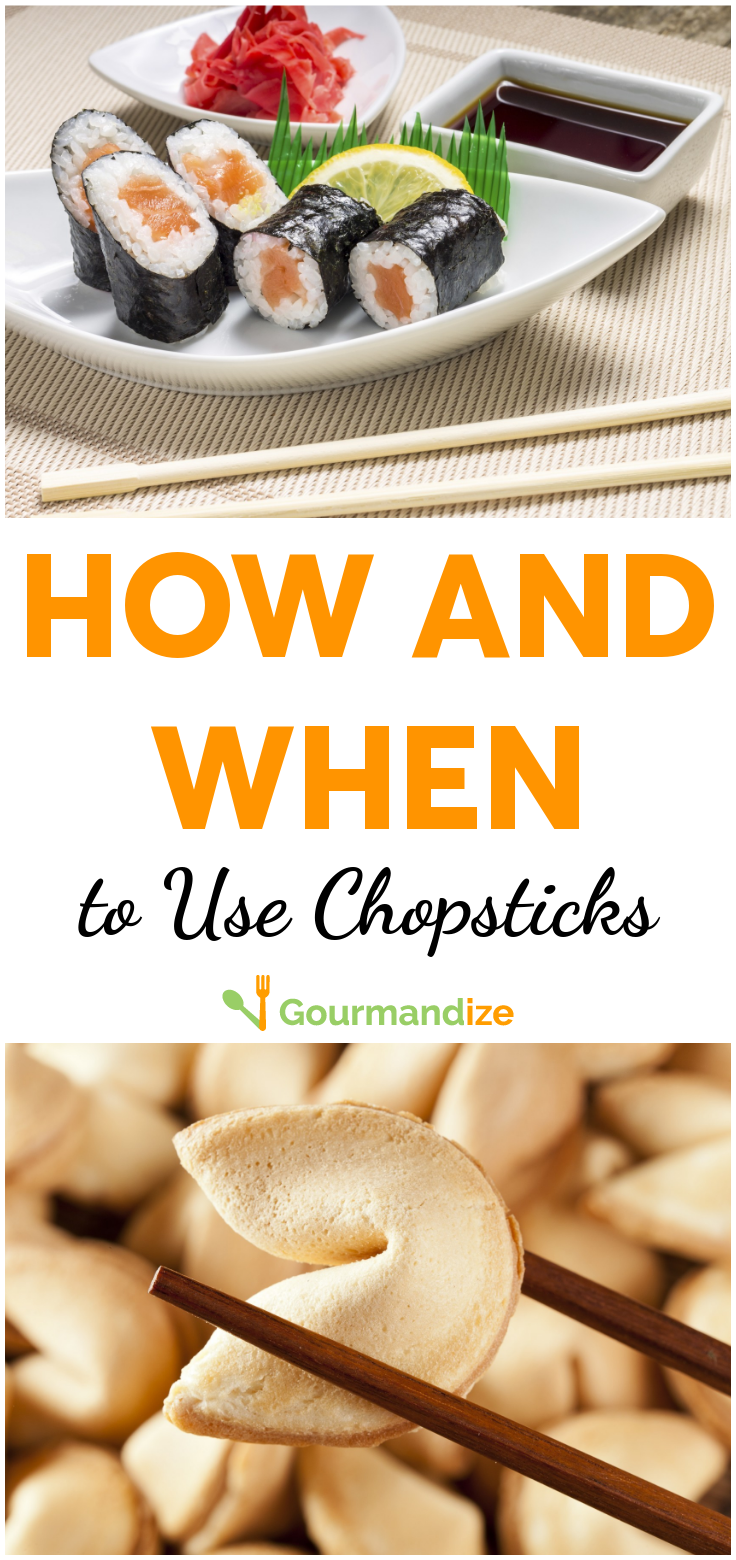
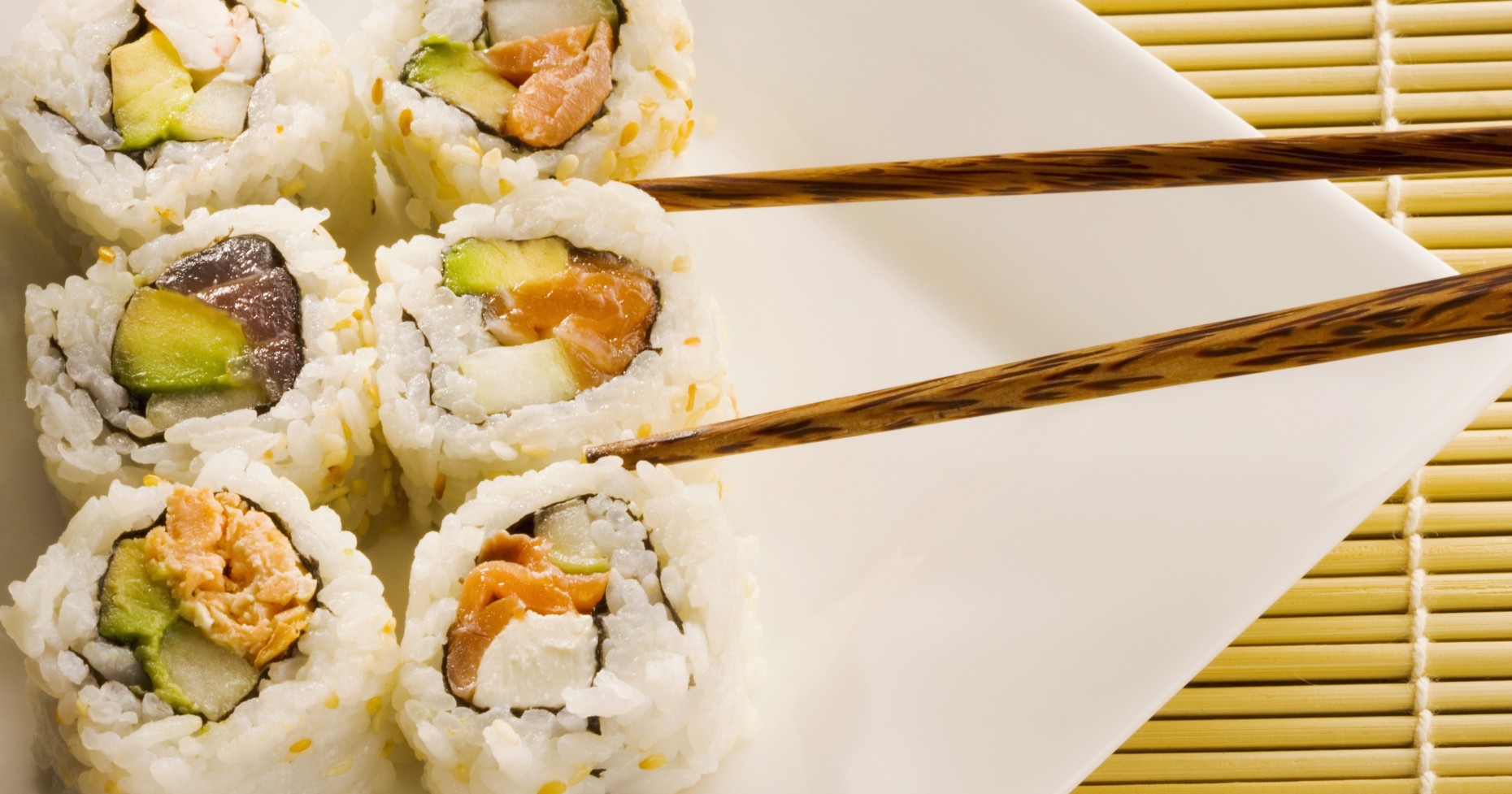

Comment on this article